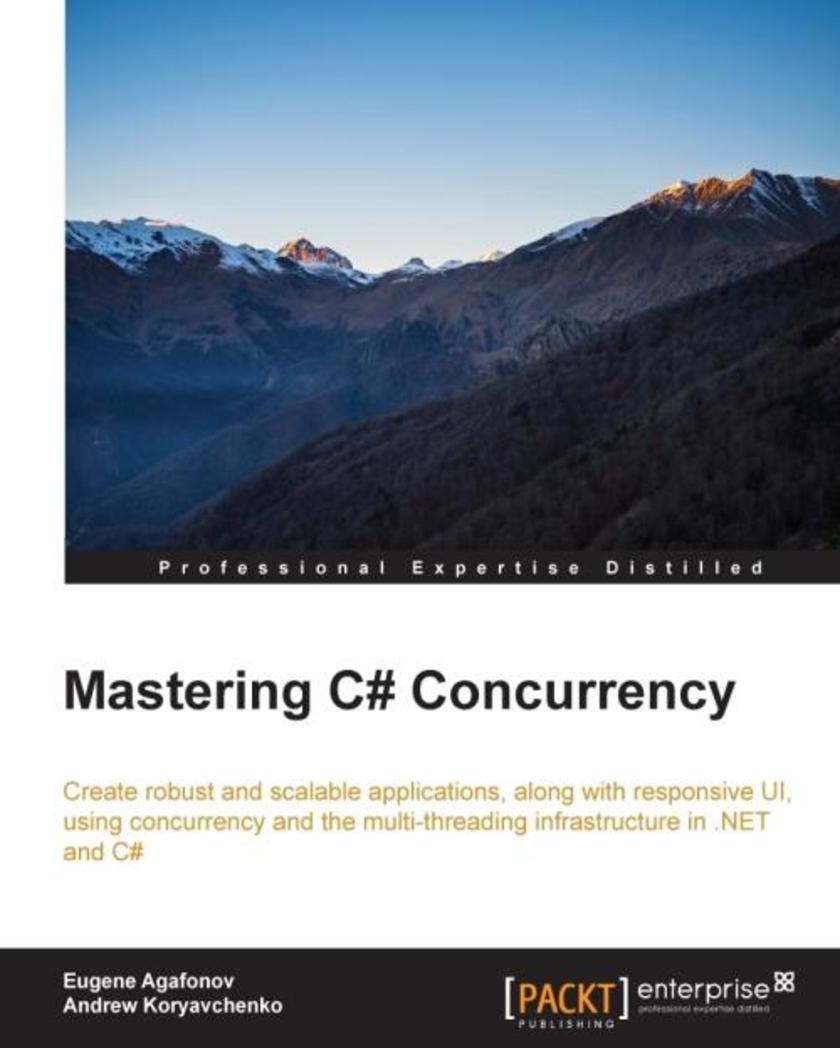
Mastering C# Concurrency
¥90.46
Create robust and scalable applications along with responsive UI using concurrency and the multi-threading infrastructure in .NET and C#About This BookLearn to combine your asynchronous operations with Task Parallel LibraryMaster C#’s asynchronous infrastructure and use asynchronous APIs effectively to achieve optimal responsiveness of the applicationAn easy-to-follow, example-based guide that helps you to build scalable applications using concurrency in C# Who This Book Is For If you are a C# developer who wants to develop modern applications in C# and wants to overcome problems by using asynchronous APIs and standard patterns, then this book is ideal for you. Reasonable development knowledge, an understanding of core elements and applications related to the .Net platform, and also the fundamentals of concurrency is assumed.What You Will LearnApply general multithreading concepts to your application’s designLeverage lock-free concurrency and learn about its pros and cons to achieve efficient synchronization between user threadsCombine your asynchronous operations with Task Parallel LibraryMake your code easier with C#’s asynchrony supportUse common concurrent collections and programming patternsWrite scalable and robust server-side asynchronous codeCreate fast and responsible client applicationsAvoid common problems and troubleshoot your multi-threaded and asynchronous applications In Detail Starting with the traditional approach to concurrency, you will learn how to write multithreaded concurrent programs and compose ways that won't require locking. You will explore the concepts of parallelism granularity, and fine-grained and coarse-grained parallel tasks by choosing a concurrent program structure and parallelizing the workload optimally. You will also learn how to use task parallel library, cancellations, timeouts, and how to handle errors. You will know how to choose the appropriate data structure for a specific parallel algorithm to achieve scalability and performance. Further, you'll learn about server scalability, asynchronous I/O, and thread pools, and write responsive traditional Windows and Windows Store applications. By the end of the book, you will be able to diagnose and resolve typical problems that could happen in multithreaded applications.Style and approach An easy-to-follow, example-based guide that will walk you through the core principles of concurrency and multithreading using C#.
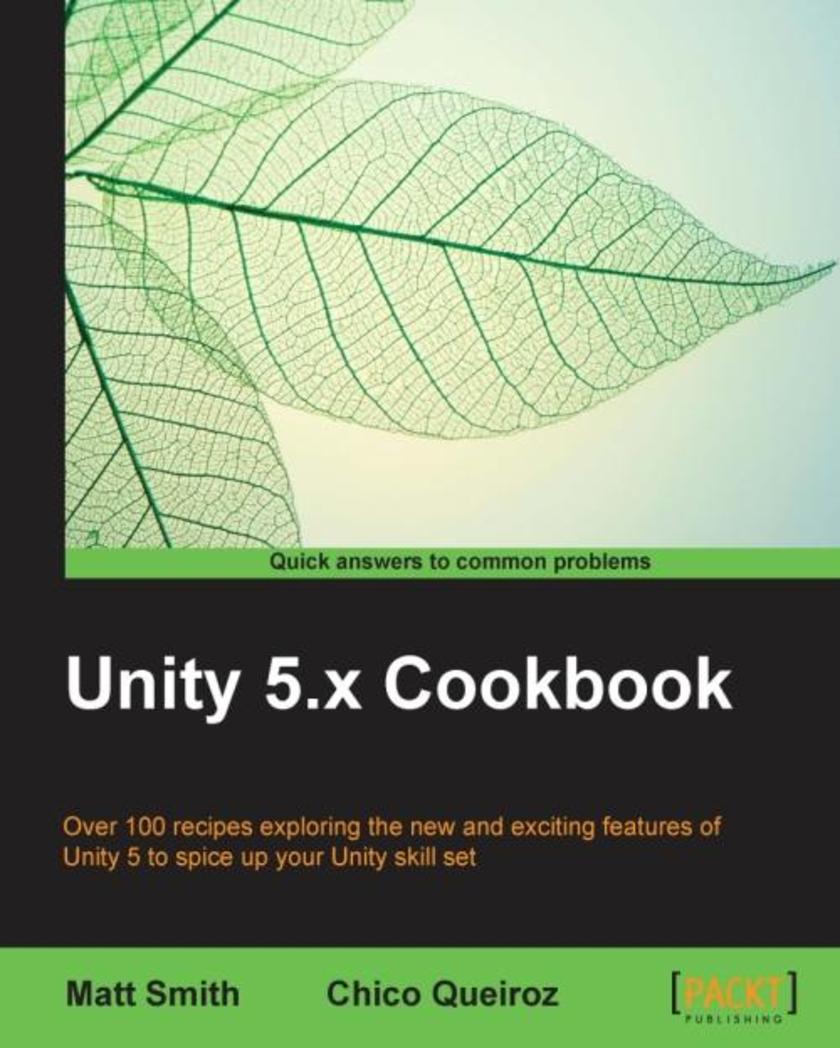
Unity 5.x Cookbook
¥99.18
Over 100 recipes exploring the new and exciting features of Unity 5 to spice up your Unity skillsetAbout This BookBuilt on the solid foundation of the popular Unity 4.x Cookbook, the recipes in this edition have been completely updated for Unity 5Features recipes for both 2D and 3D gamesProvides you with techniques for the new features of Unity 5, including the new UI system, 2D game development, new Standard Shaders, and the new Audio Mixer Who This Book Is For From beginners to advanced users, from artists to coders, this book is for you and everyone in your team! Programmers can explore multimedia features, and multimedia developers can try their hand at *ing. Basic knowledge and understanding of the Unity platform, game design principles, and programming knowledge in C# is essential.What You Will LearnImmerse players with great audio, utilizing Unity 5's audio features including the new Audio Mixer, ambient sound with Reverb Zones, dynamic soundtracks with Snapshots, and balanced audio via DuckingCreate better materials with Unity’s new, physically-based, Standard ShaderMeasure and control time, including pausing the game, displaying clocks and countdown timers, and even implementing “bullet time” effectsImprove ambiance through the use of lights and effects such as reflection and light probesCreate stylish user interfaces with the new UI system, including power-bars, clock displays, and an extensible inventory systemSave and load text and media assets from local or remote sources, publish your game via Unity Cloud, and communicate with websites and their databases to create online scoreboardsDiscover advanced techniques, including the publisher-subscriber and state patterns, performance bottleneck identification, and methods to maximize game performance and frame ratesControl 2D and 3D character movement, and use NavMeshAgents to write NPC and enemy behaviors such as seek, flee, flock, and waypoint path following In Detail Unity 5 is a flexible and intuitive multiplatform game engine that is becoming the industry’s de facto standard. Learn to craft your own 2D and 3D computer games by working through core concepts such as animation, audio, shaders, GUI, lights, cameras, and *ing to create your own games with Unity 5. Completely re-written to cover the new features of Unity 5, this book is a great resource for all Unity game developers, from those who have recently started using Unity right up to Unity professionals. The first half of the book focuses on core concepts of 2D game design while the second half focuses on developing 3D game development skills. In the first half, you will discover the new GUI system, the new Audio Mixer, external files, and animating 2D characters in 2D game development. As you progress further, you will familiarize yourself with the new Standard Shaders, the Mecanim system, Cameras, and the new Lighting features to hone your skills towards building 3D games to perfection. Finally, you will learn non-player character control and explore Unity 5's extra features to enhance your 3D game development skills.Style and approach Each chapter first introduces the topic area and explains how the techniques covered can enhance your games. Every recipe provides step-by-step instructions, followed by an explanation of how it all works, and useful additional refinements or alternative approaches. Every required resource and C# * (fully commented) is available to download, enabling you to follow each recipe yourself.
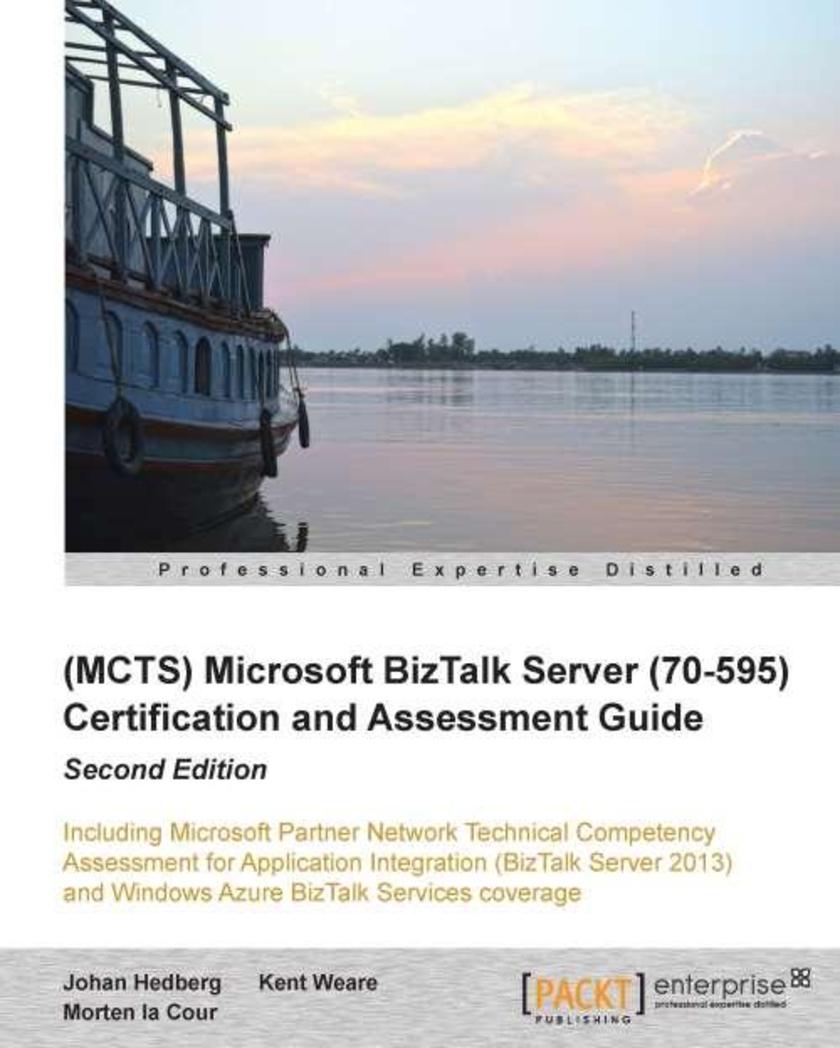
(MCTS) Microsoft BizTalk Server 2010 (70-595) Certification Guide (Second Editio
¥116.62
A handson certification guide with practical examples and sample questions and answers to help BizTalk developers pass the Microsoft BizTalk Server 2010 (70595) exam. If you are an intermediate level BizTalk developer who wants to pass the Microsoft BizTalk Server 2010 (70595) exam, then this book is for you. A working knowledge of fundamental BizTalk concepts around the core messaging engine and building business processes using orchestrations is assumed but not required. In addition, core knowledge of Windows Communication Foundation (WCF) and a basic understanding of Electronic Data Interchange (EDI) is recommended.
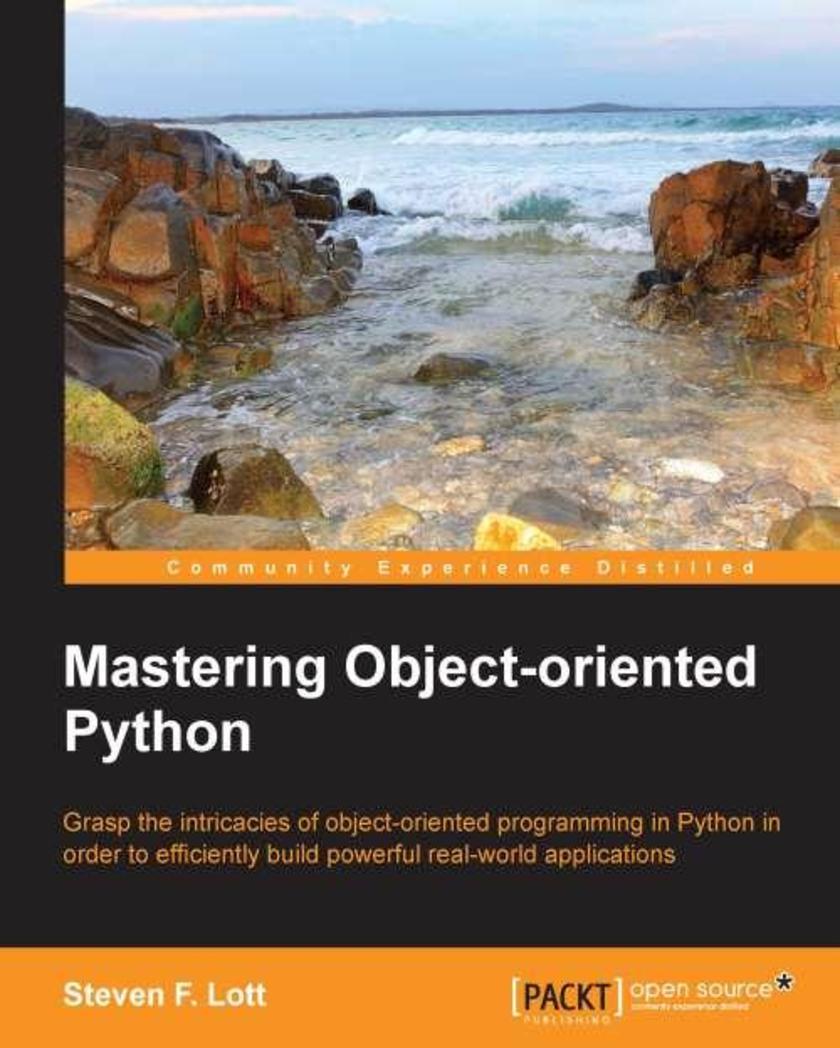
Mastering Object Oriented Python
¥80.65
This book follows a standard tutorial approach with approximately 750 code samples spread through the 19 chapters. This amounts to over 5,900 lines of code that illustrate each concept. This book is aimed at programmers who have already learned the basics of objectoriented Python and need to write more sophisticated, flexible code that integrates seamlessly with the rest of Python. This book assumes a computer science background, with experience of common Python design patterns.
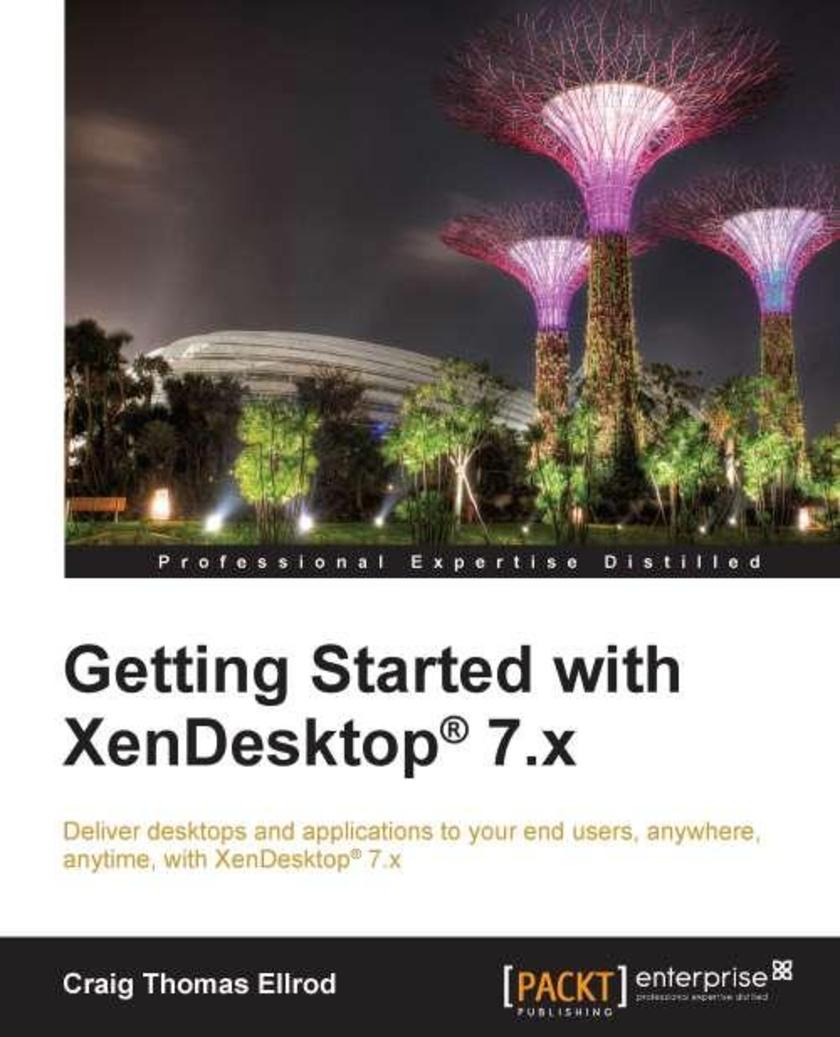
Getting Started with XenDesktop 7.x
¥99.18
This is a stepbystep, taskbased, practical guide to learning and getting your basic XenDesktop 7.x site up and running. It is fast, easy, and makes learning desktop and application virtualization simple. If you are a system administrator, consultant, or beginner who wants to implement and administer Citrix XenDesktop sites, then this book is for you. Familiarity with virtualization of desktops and applications and datacenter concepts will be helpful. The ability to read network diagrams and understand servers, data flow, clients, devices, and the interworking of these pieces will be beneficial.
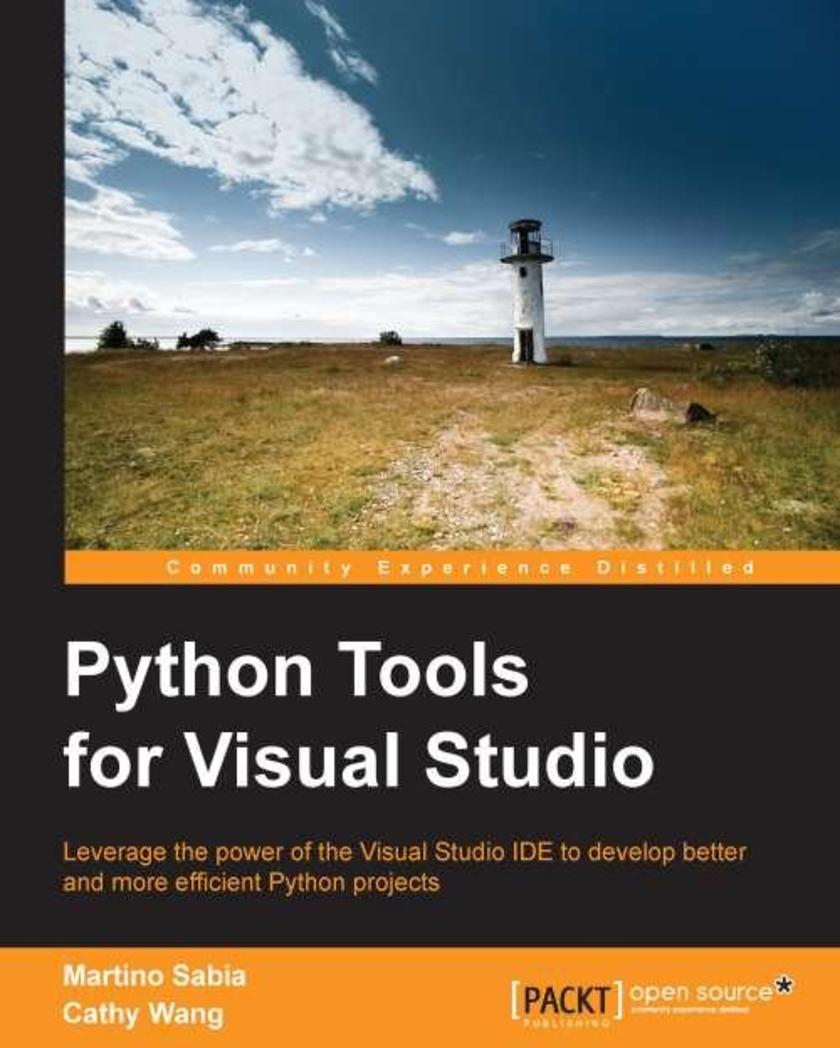
Python Tools for Visual Studio
¥49.04
This is a handson guide that provides exemplary coverage of all the features and concepts related to PTVS. The book is intended for developers who are aiming to enhance their productivity in Python projects with automation tools that Visual Studio provides for the .Net community. Some basic knowledge of Python programming is essential.
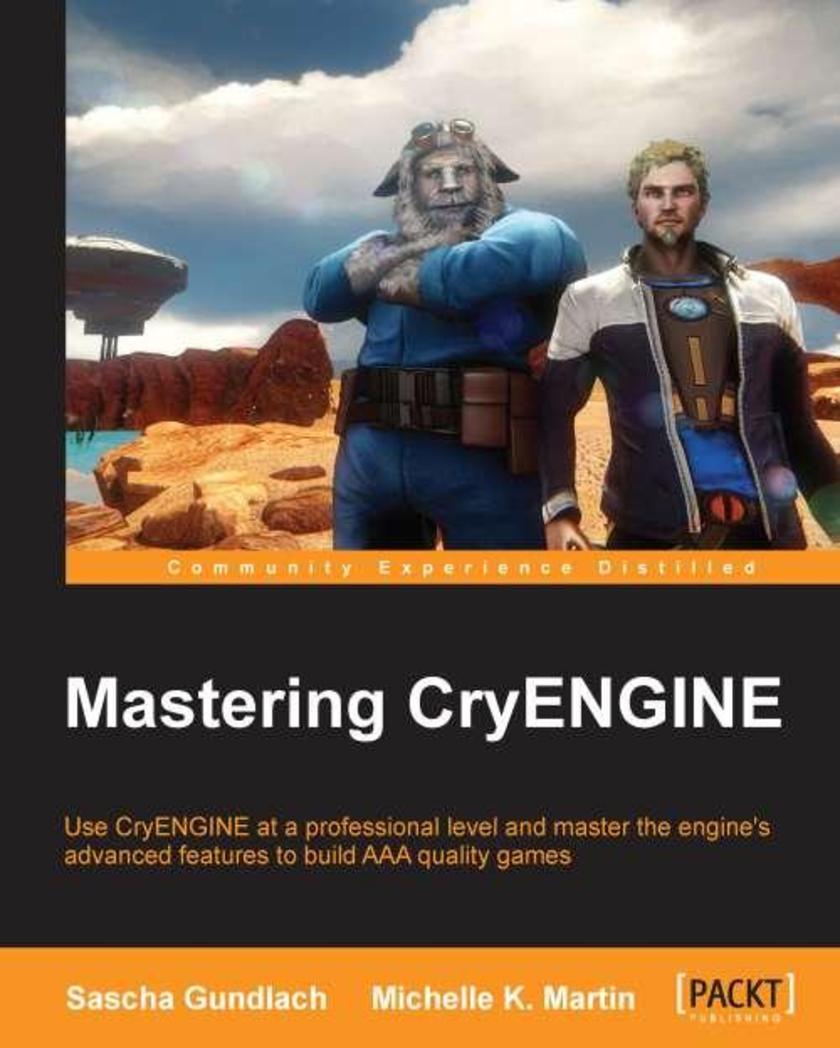
Mastering CryEngine
¥90.46
A comprehensive guide that covers advanced tasks performed with the CryENGINE system using interesting examples and illustrations demonstrating each of its features. This book is designed for developers who already have a basic understanding of CryENGINE and who want to take their skills to the next level. Whether you are a hobbyist developer or you are working on an AAA project, Mastering CryENGINE will help you enhance your CryENGINE proficiency.
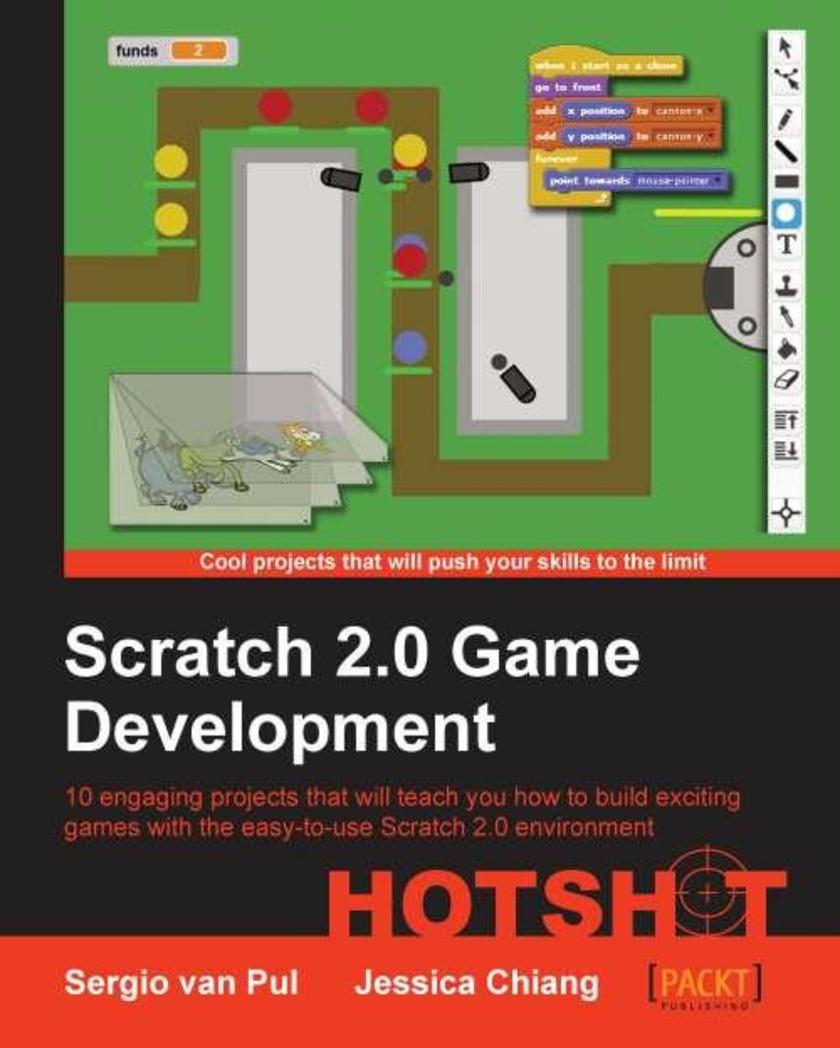
Scratch 2.0 Game Development Hotshot
¥71.93
An easytouse book, containing 10 engaging projects that will help you learn how to build video games with the easy to use Scratch 2.0 environment. If you are a new, or current Scratch user and would like to improve your understanding of the new Scratch 2.0 interface, and learn how to make video games, this book is ideal for you. Each project is explained indepth from start to finish, so everyone can follow along, even if you don’t have much previous experience with the software. If you want to become a video game designer, this book is an easy to use and friendly guide about the world of interactive media. It will teach, challenge, and inspire you to create great interactive projects.
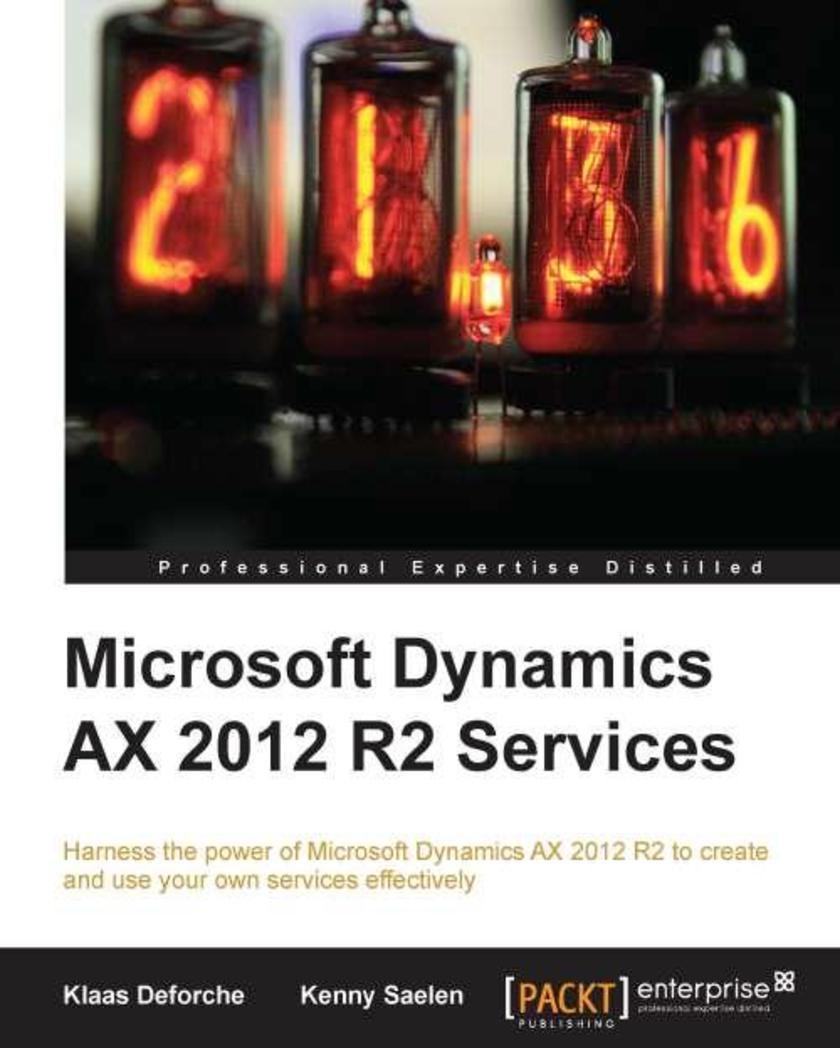
Microsoft Dynamics AX 2012 R2 Services
¥99.18
This book is a tutorial guide that covers each topic in depth with examples. The stepbystep approach will help you better understand each task as you will have to perform them frequently when utilizing the services. If you are a Dynamics AX developer, new or experienced who wants to implement services with Microsoft Dynamics AX 2012, then this book is for you. A basic understanding of MorphX and X++ is assumed, but the stepbystep instructions are easy to follow even for beginners. Some examples use C# and .NET, so experience with Visual Studio is a plus but not a must.
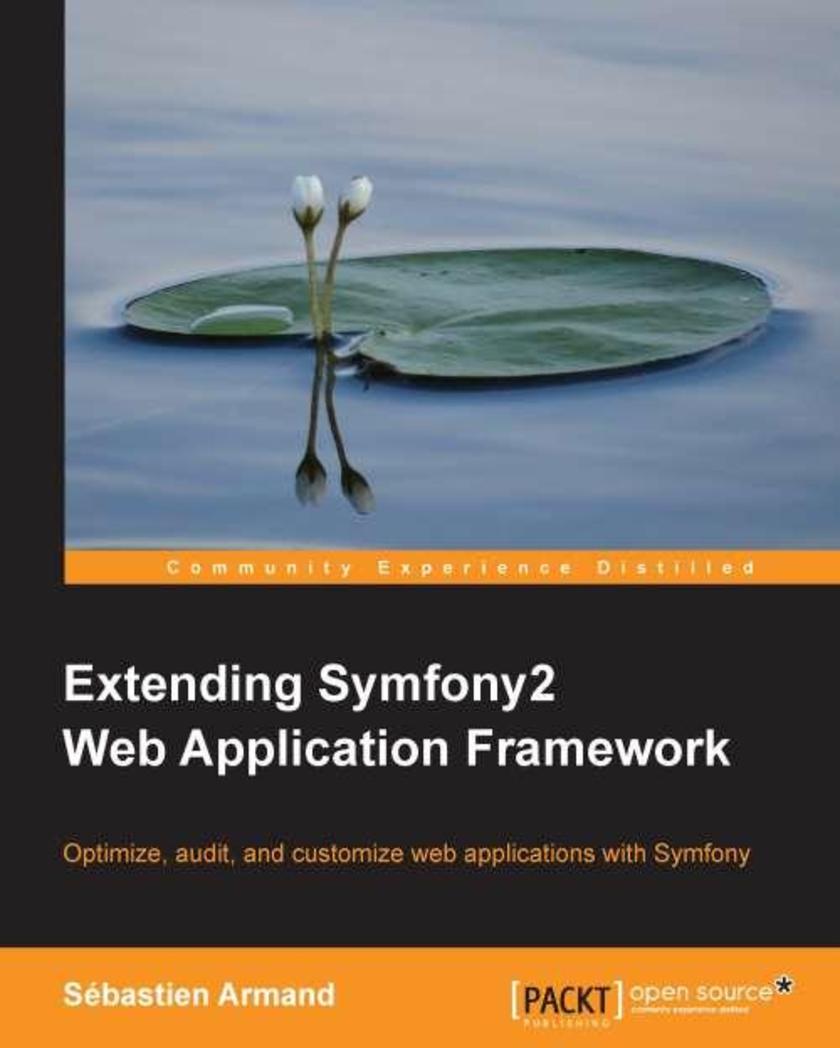
Extending Symfony 2 Web Application Framework
¥63.21
With lots of practical, handson, stepbystep examples, this book will lead you through how to extend and optimize your Symfony2 framework. If you have a good understanding of how Symfony works and are now trying to integrate complex tasks in your application, or want to better organize your application by keeping each piece of code where it belongs so it can be decoupled and easily used elsewhere, then this book is for you.
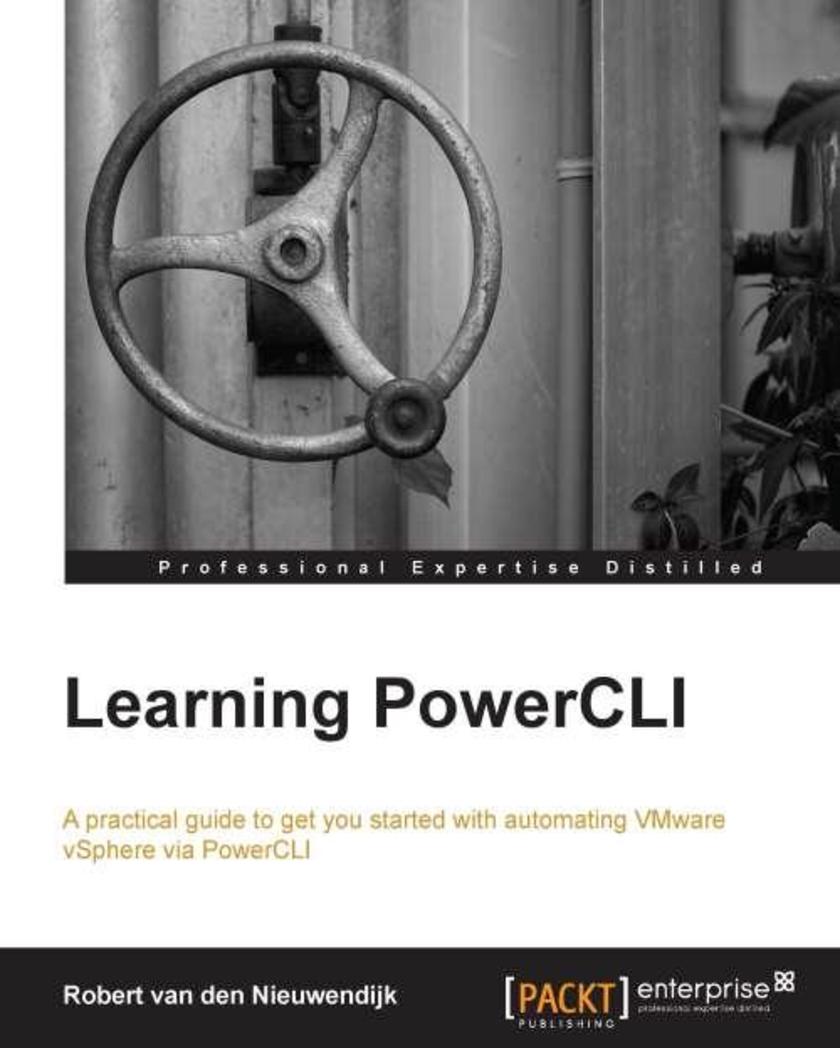
Learning PowerCLI
¥80.65
"Learning PowerCLI" is written in a friendly and practical style with a focus on getting you started and automating daily tasks quickly and efficiently. If you manage or administrate a vSphere environment, and want to make that easier and more efficient, then this book is for you! This book is ideal for you if you want to learn how to automate your VMware vSphere infrastructure, by getting the most out of PowerCLI. It’s assumed that you have some experience in administrating a VMware vSphere environment. Knowledge of Microsoft’s Windows PowerShell is not a prerequisite.
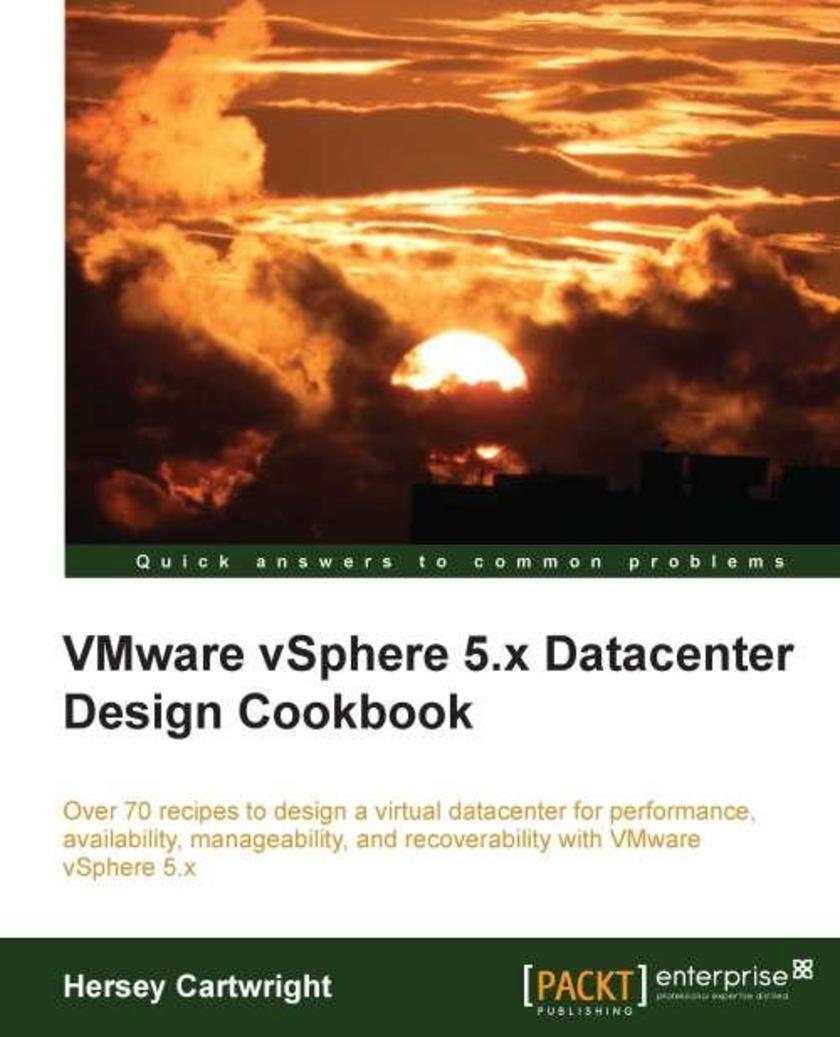
VMware vSphere 5.x Datacenter Design Cookbook
¥99.18
A practical guide packed with stepbystep recipes to design a virtual datacenter using VMware 5.x This book is a guide for anyone interested in designing virtualized datacenters using VMware vSphere 5.x and the supporting components. Current administrators of VMware vSphere environments will find this book useful when interested in becoming a vSphere Architect or are interested in learning more about the virtual datacenter design process. Knowledge of vSphere installation, configuration, and administration is a prerequisite.
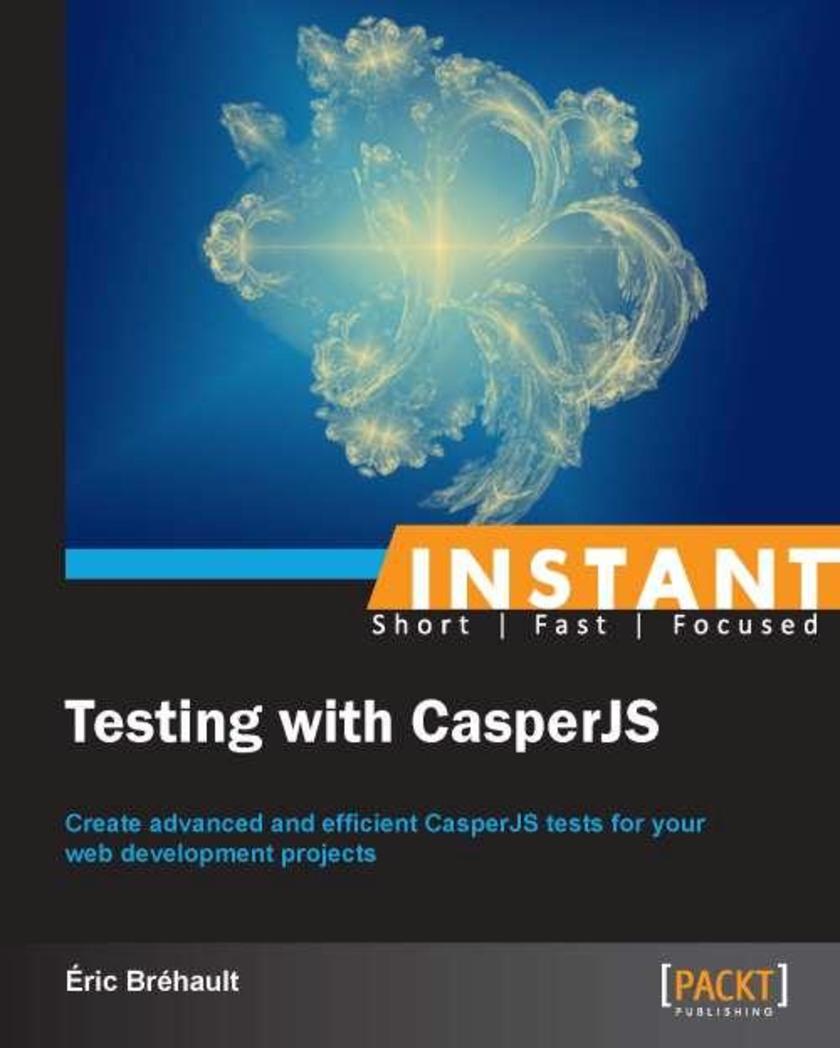
Instant Testing with CasperJS
¥45.77
Filled with practical, stepbystep instructions and clear explanations for the most important and useful tasks. A concise guide full of stepbystep recipes to teach you how to create CasperJS tests for your web development projects. This book will be extremely useful for web developers who are new to testing or who want to move from another testing solution to CasperJS. It is assumed that you are familiar with web development and have a good knowledge of JavaScript.
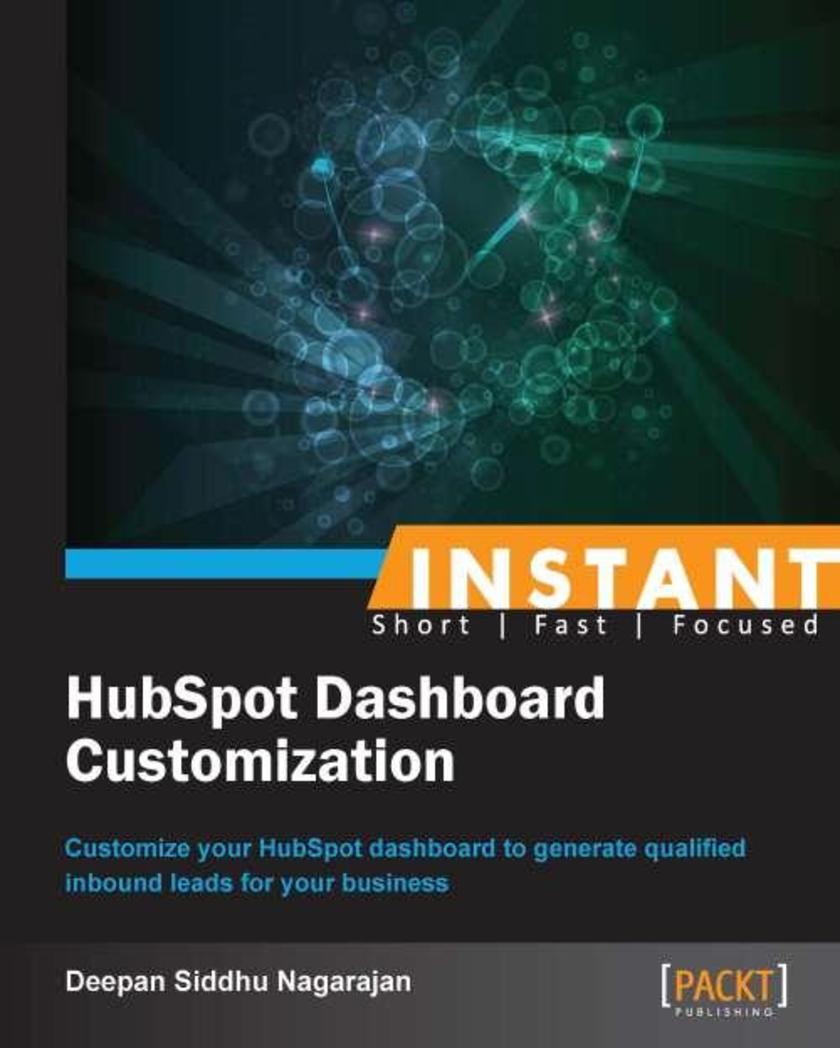
Instant HubSpot Dashboard Customization
¥35.96
Filled with practical, stepbystep instructions and clear explanations for the most important and useful tasks. A headlong guide including example driving situations, clear instructions for important tasks, and details for enhancing your social media management experience. This book is a perfect fit if you are an inbound marketing beginner who feels and believes that handling multiple marketing channels to generate leads is a cumbersome activity. The best part is, you don’t need to have coding skills to customize your Hubspot portal when you’ve got this book. Basic knowledge of computers is essential.
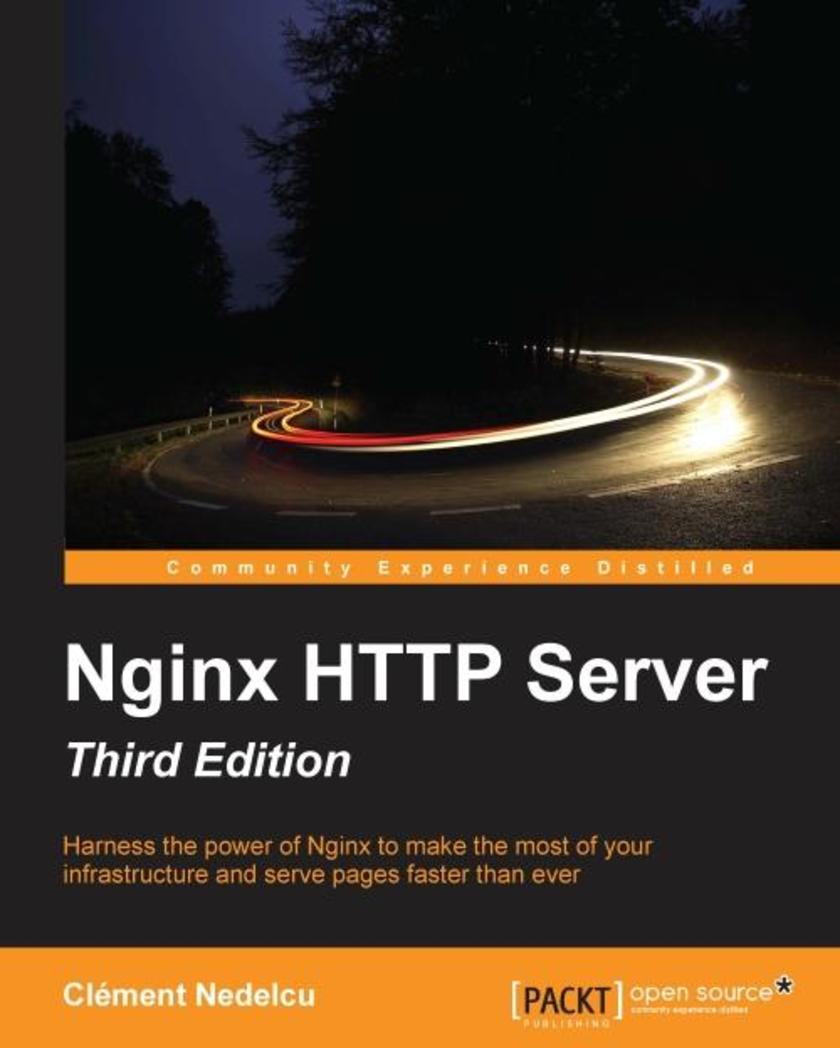
Nginx HTTP Server - Third Edition
¥80.65
Harness the power of Nginx to make the most of your infrastructure and serve pages faster than ever About This Book ?Discover possible interactions between Nginx and Apache to get the best of both worlds ?Learn to exploit the features offered by NGinx for your web applications ?Get the newest techniques available, designed with the latest version in mind Who This Book Is For By covering both the early setup stages and advanced topics, this book suits web administrators who interested in solutions to optimize their infrastructure, whether you are looking into replacing your existing web server software or integrating a new tool to cooperate with applications that are already up and running. If you, your visitors, and your operating system have been disappointed by Apache, this book is exactly what you need. What You Will Learn ?Get to know the basics of the Nginx configuration: syntax, structure, and semantics ?Understand the advanced load balancing functionality of Nginx and the newest innovative IO mechanisms ?Create virtual host configurations effortlessly ?Discover all the first-party modules: how to enable, configure, and use them ?Establish advanced rewrite rules with the Nginx Rewrite module ?Set up Nginx to work with PHP, Python, and more via FastCGI ?Configure Nginx to work as frontend for your existing HTTP server ?Manipulate configuration files with ease and adapt them to various situations ?Discover the common pitfalls and find out how to avoid them In Detail Nginx is a lightweight HTTP server designed for high-traffic websites, with network scalability as the primary objective. With the advent of high speed Internet access, short loading times and fast transfer rates have become a necessity. This free, open source solution will either come as a full replacement of other software such as Apache, or stand in front of your existing infrastructure to improve its overall speed. This book is a detailed guide to setting up Nginx in different ways that correspond to actual production situations: as a standalone server, as a reverse proxy, interacting with applications via FastCGI, and more. In addition, this complete directive reference will be your best friend at all stages of the configuration and maintenance processes. This book is the perfect companion for both Nginx beginners and experienced administrators. For beginners, it will take you through the complete process of setting up this lightweight HTTP server on your system and configuring its various modules so it does exactly what you need quickly and securely. For more experienced administrators, this book provides different approaches that can help you make the most of your current infrastructure. Nginx can be employed in many situations, whether you are looking to construct an entirely new web-serving architecture or simply want to integrate an efficient tool to optimize your site loading speeds. Style and approach This tutorial-style book includes detailed instructions on each of the processes it describes, as well as step-by-step tutorials, commented configuration sections, and in-depth module de*ions, so you can make the most of the performance potential offered by Nginx.
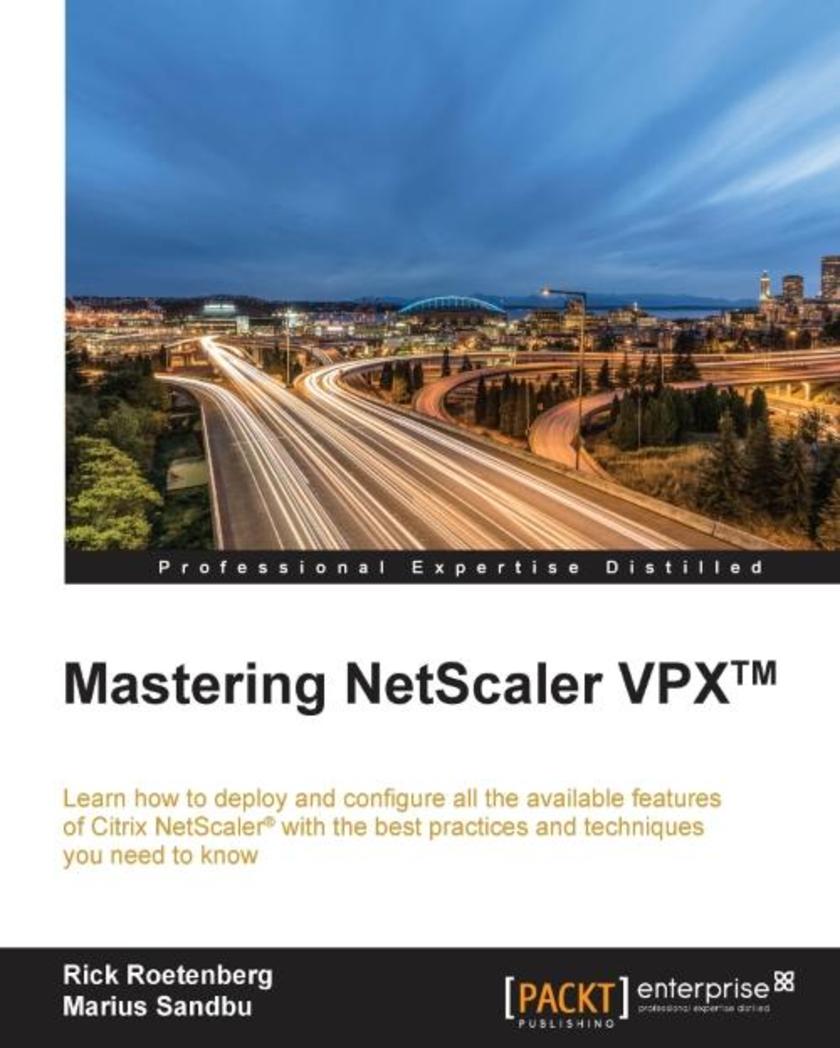
Mastering NetScaler VPX?
¥80.65
Learn how to deploy and configure all the available Citrix NetScaler features with the best practices and techniques you need to know About This Book Implement and configure all the available NetScaler Application Delivery features and monitor NetScaler VPX performance in your environment Packed with real-word NetScaler deployment scenarios to help you see the configuration principles in action Integrate NetScaler with other Citrix technologies, including CloudBridge, Application Delivery Controller, HDX Insight, and Command Center Who This Book Is For If you’re an administrator with prior experience using NetScaler then you have everything you need to make the most of this book. What You Will Learn Configure the more commonly used NetScaler VPX features such as basic load balancing, authentication, NetScaler Gateway, and StoreFront Configure the AppExpert features such as Responder, Rewrite, AppExpert templates, parsing HTTP, TCP, and UDP data Integrate NetScaler with other Citrix technologies such as CloudBridge, Insight Center, and Command Center Optimize traffic using caching, front-end optimization, and compression Dive deep in the security, caching, and compression enhancements Protect your environment with AAA and Application Firewall, or from HTTP DDoS attacks Troubleshoot an environment using tools such as TaaS and WireShark In Detail Citrix NetScaler is one of the best Application Delivery Controller products in the world. The Application Delivery Controllers are commonly used for load balancing purposes, to optimize traffic, and to perform extra security settings. This book will give you an insight into all the available features that the Citrix NetScaler appliance has to offer. The book will start with the commonly used NetScaler VPX features, such as load balancing and NetScaler Gateway functionality. Next, we cover features such as Responder, Rewrite, and the AppExpert templates, and how to configure these features. After that, you will learn more about the other available Citrix technologies that can interact with Citrix NetScaler. We also cover troubleshooting, optimizing traffic, caching, performing protection using Application Firewall, and denying HTTP DDoS attacks for web services. Finally, we will demonstrate the different configuration principles real-world Citrix NetScaler deployment scenarios. Style and approach This easy-to-follow guide explains as much as possible about each feature and its configuration. Each topic is explained sequentially in the process of configuring and deploying the feature.
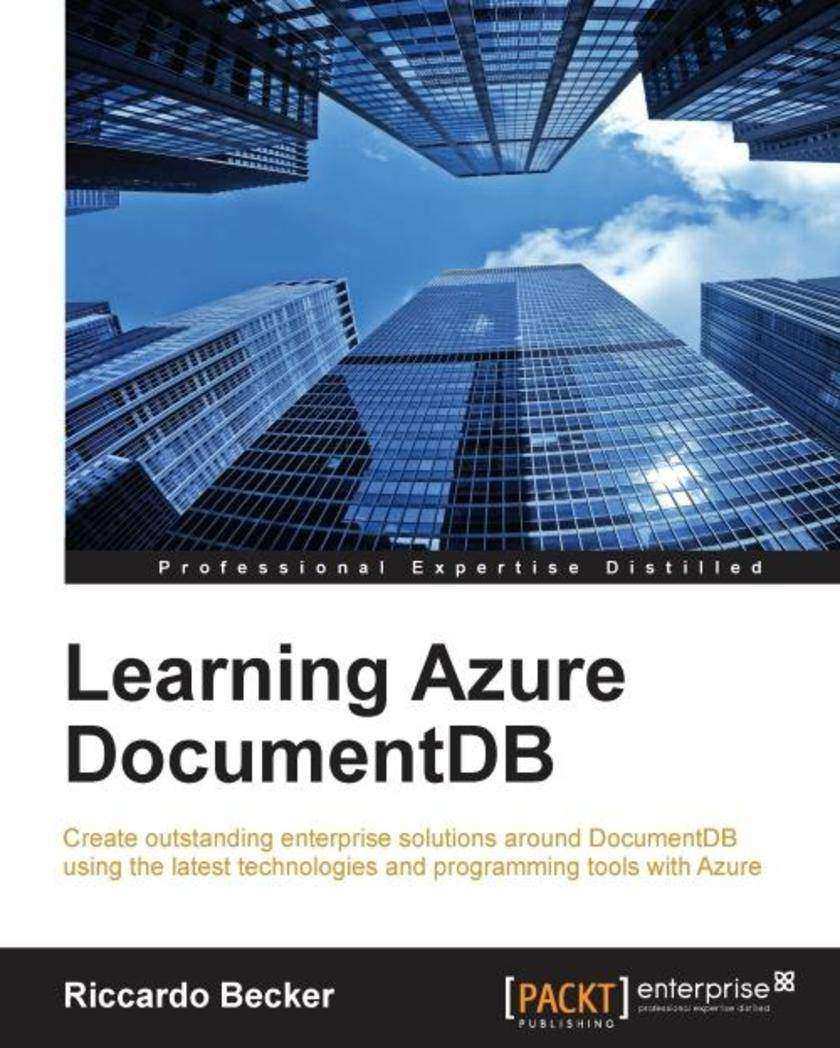
Learning Azure DocumentDB
¥63.21
Create outstanding enterprise solutions around DocumentDB using the latest technologies and programming tools with Azure About This Book Get to know the concepts of DocumentDB and learn to work your way around it Manipulate and query your documents using different modern technologies to access DocumentDB Build a real-life scenario using Microsoft Visual Studio and C# with this handy and practical guide Who This Book Is For This book is for novice developers and database architects who need a thorough knowledge of the features of DocumentDB and developing applications with it. Basic knowledge of SQL would be helpful. What You Will Learn Create, manage, and configure your DocumentDB environment Execute SQL queries from simple to complex and nested ones against your database Get to know about advanced DocumentDB techniques such as scopes, portioning, indexing, triggers, UDF’s, and security Fine-tune your DocumentDB database to optimize performance and costs Interact with DocumentDB from different technologies and platforms Build a real-life scenario using C# and put DocumentDB at the heart of Azure solutions Understand how to migrate from your current datastore to DocumentDB In Detail Learning DocumentDB adopts a practical, step-by-step approach to help you learn the basics of DocumentDB and use your new-found abilities in real-life scenarios and enterprise solutions. We start with the absolute basics, such as setting up a DocumentDB environment, and guide you through managing your databases, and executing simple and complex queries. Next, we explain how to work with DocumentDB using the open REST protocol, and demonstrate how JavaScript works with DocumentDB. We’ll also show you how to authenticate and execute queries. Moving on, you’ll find out how to use DocumentDB from within Node.js to kick-start your Node.js projects. Next, you’ll discover how to increase the performance of your DocumentDB database and fine-tune it. Finally, you’ll get to grips with using DocumentDB in conjunction with other services offered from the Microsoft Azure platform. Style and approach This book can be used as a tutorial where you learn step by step, but also as a knowledge base to quickly look up recipes you can instantly utilize. Starting with the basics and moving on to advanced topics, every concept is explained in theory and demonstrated through easy-to-understand examples.

Mastering LibGDX Game Development
¥90.46
Leverage the power of LibGDX to create a fully functional, customizable RPG game for your own commercial title About This Book Learn game architecture and design patterns with concrete examples using proper software engineering principles Save time and money with this handy reference guide for future game development with LibGDX Design and develop a fully functional RPG video game from scratch with a hands on, step-by-step approach using LibGDX Who This Book Is For If you are an intermediate-level game developer who wants to create an RPG video game but found the creation process overwhelming, either by lack of tutorials or by getting lost in a sea of game-related technologies, engines, or frameworks, then this book is for you. This book assumes familiarity with Java and some basic knowledge of LibGDX. What You Will Learn Develop characters with stat attributes, player movement, animation, physics, and collision detection Create interactive NPC characters with speech windows and build immersion via dialog trees Build inventory management system UIs with drag and drop items to sell, buy, and equip Design a quest system to expand out the content of your game Form interesting enemies with battle mechanics and spawn points Devise *ed cutscenes to add an element of story and drama Develop save and load game profiles Create special effects to give the game extra “juiciness” and polish, and help build the atmosphere In Detail LibGDX is a Java-based framework developed with a heavy emphasis on performance, and includes cross-platform support out of the box (Windows, OS X, Linux, iOS, Android, and HTML5) as well as providing all the low-level functionality so that you can focus on developing your game and not battling with the platform. LibGDX also has an engaged and responsive community, active maintenance, and is available for free without a prohibitive license. Starting from the beginning, this book will take you through the entire development process of creating an RPG video game using LibGDX. First, this book will introduce you to the features specific to RPG games, as well as an overview of game architecture. Then, you will create map locations, develop character movement, add animation, integrate collision detection, and develop a portal system. Next, you will learn and develop a HUD and other UI components, as well as an inventory management system. You will then develop NPC interactions including dialog trees, shopkeepers, and quest givers. After this, you will design and create battle features for fighting enemies, as well as event triggers for world events. Finally, you will add the final polish with sound, music, and lighting effects. By the end of this book, you will have learned and applied core components from the LibGDX framework, as well as have a finished game to use as a springboard for customization and story development for your own commercial video game. Style and approach This book walks you through the concepts and implementation of developing a complete RPG game, unfolding chapter by chapter and building upon previous concepts. Each chapter can be used as an individual reference with diagrams to explain core concepts with concrete example code explained in detail.
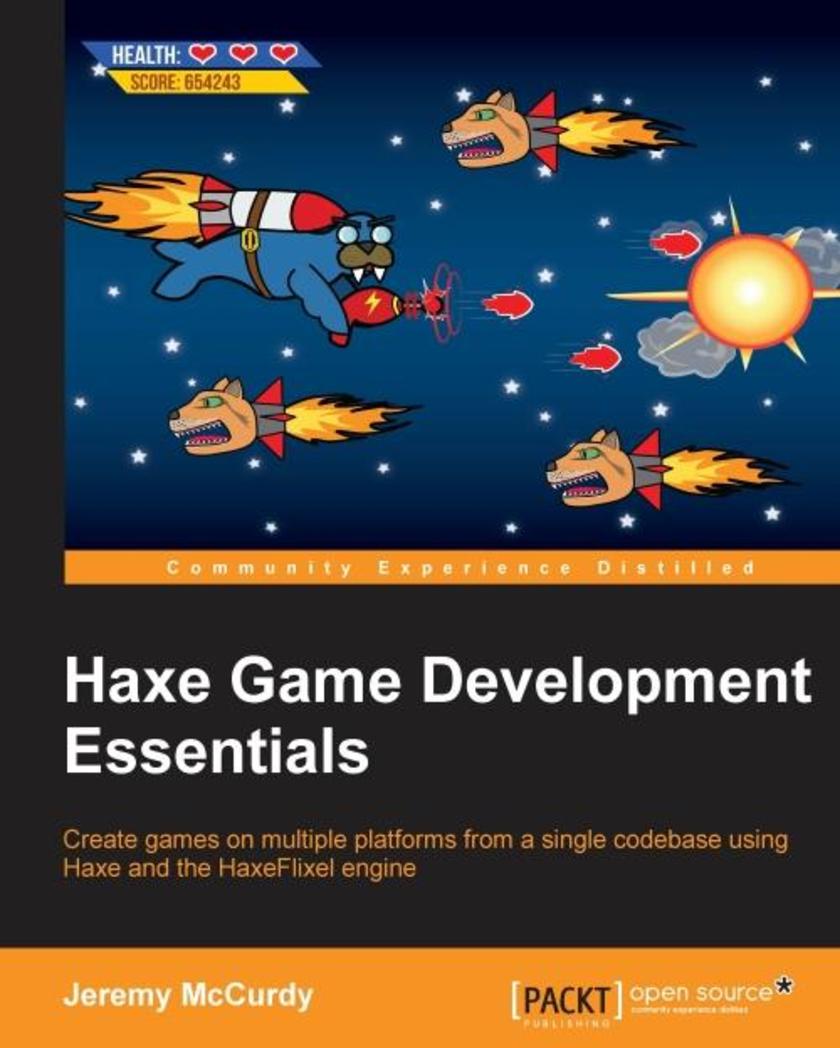
Haxe Game Development Essentials
¥54.49
Create games on multiple platforms from a single codebase using Haxe and the HaxeFlixel engine About This Book Learn the modern, cross-platform language Haxe to build games without any trouble Create engaging 2D games that are compatible with desktop, web, and mobile platforms Learn how to speed up your workflow with OpenFL and HaxeFlixel using this useful and compact guide Who This Book Is For This book is for game developers with some experience programming games on one or more platforms already. If you want to leverage your game development experience on one platform to develop for multiple platforms and to get up and running quickly, this book is for you. Having prior experience with a language similar to Haxe, such as ActionScript or JavaScript will help, but isn't required. What You Will Learn Understand the fundamentals of the Haxe programming language Set up a development environment that will work on Windows, Mac, and Linux Create fun 2D games using OpenFL and HaxeFlixel Understand how to implement a user interface Enhance the gameplay experience with cool animations Improve immersion by adding sound Make your game modular and easily expandable using configuration files Compile games that will work on desktop, web, and mobile platforms In Detail Haxe is a powerful and high-level multi-platform language that's incredibly easy to learn. Used by thousands of developers and many high-profile companies, Haxe is quickly emerging as a forerunner in the area of cross-platform programming. OpenFL builds on top of Haxe to make developing for multiple platforms quick and painless. HaxeFlixel provides you with the tools you need to build amazing 2D games easier than ever before. Cross-platform development has been supercharged using the Haxe programming language, making it increasingly easy and hassle-free to develop multi-platform games. If you've programmed games before and want to learn out how to deliver games across multiple platforms, or develop games faster, then Haxe Game Development Essentials is the book for you. It starts by showing you how to set up your development environment, then running you through some Haxe language fundamentals, and finally taking you through the process of programming a game from start to finish. You will learn how to create a side scrolling shooter game using HaxeFlixel. Next you will learn to enhance the game with new gameplay features, user interfaces, animations, sound, and configuration files to make your game expandable. Once your game is built and ready, you will learn how to deploy it to web, Android, iOS, and desktop systems. By the end of this book, you will be confident about creating multi-platform games using Haxe, OpenFL, and HaxeFlixel in a faster and easier way. Style and approach Since this book is aimed at people who have worked on games before, this book is written in a way that will get you quickly up to speed with a new set of tools, but will still be accessible for less experienced developers. Each chapter covers an essential milestone in building a game from start to finish. The chapters move in a logical fashion, starting with the basics of Haxe development and ending with preparing a game for deployment.
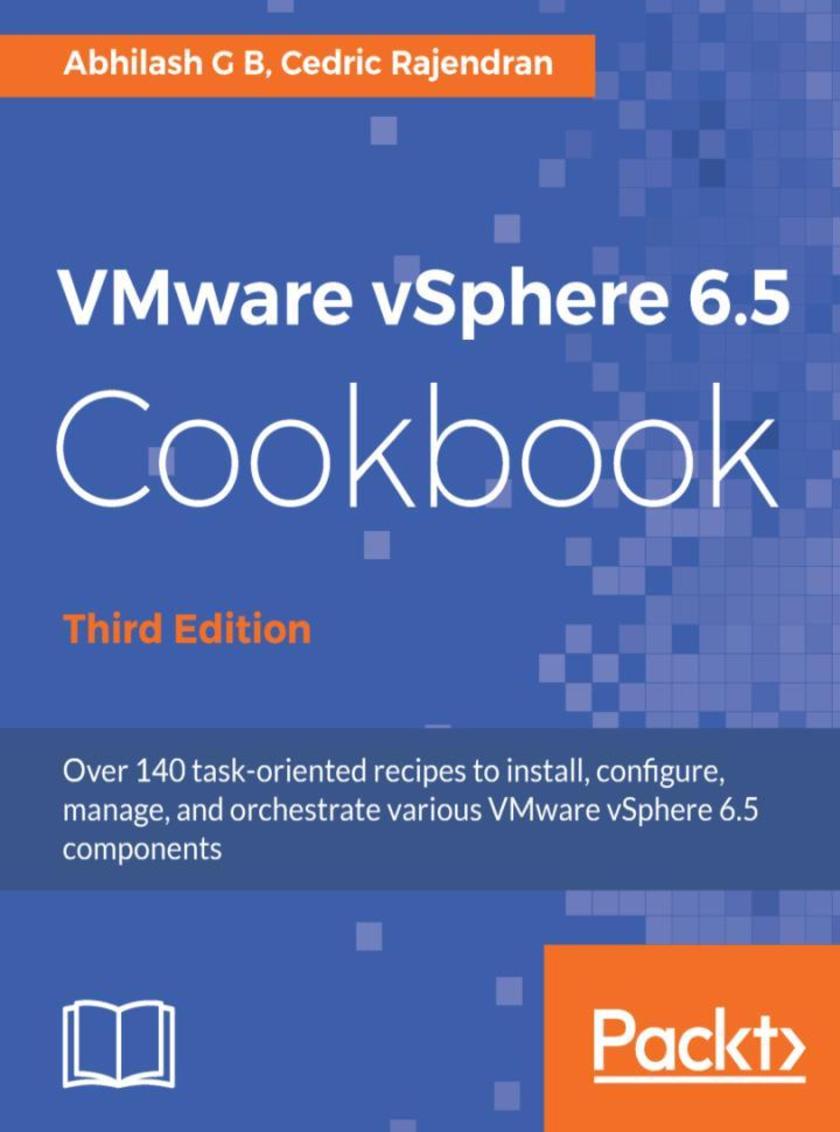
VMware vSphere 6.5 Cookbook - Third Edition
¥81.74
Deploy and manage VMware vSphere 6.5 components with ease. About This Book ? Simplified and to-the-point theory and practical recipes to deploy and manage vSphere 6.5 ? Discover the best ways to deploy stateless and stateful ESXi hosts and upgrade them ? Storage and network resource management ? Certificate management using VMCA ? Monitor the performance of a vSphere environment. Who This Book Is For If you are a system administrator, support professional, or anyone interested in learning how to install, configure, and manage a vSphere environment, then this book is for you. This task-oriented reference guide will also benefit consultants or infrastructure architects who design and deploy vSphere 6.5 environments. What You Will Learn ? Upgrade your existing vSphere environment or perform a fresh deployment. ? Automate the deployment and management of large sets of ESXi hosts in your vSphere Environment ? Configure and manage FC, iSCSI, and NAS storage, and get more control over how storage resources are allocated and managed ? Configure vSphere networking by deploying host-wide and data center-wide switches in your vSphere environment ? Configure high availability on a host cluster and learn how to enable the fair distribution and utilization of compute resources ? Patch and upgrade the vSphere environment ? Handle certificate request generation and renew component certificates ? Monitor performance of a vSphere environment In Detail VMware vSphere is a complete and robust virtualization product suite that helps transform data centers into simplified on-premises cloud infrastructures, providing for the automation and orchestration of workload deployment and life cycle management of the infrastructure. This book focuses on the latest release of VMware vSphere and follows a recipe-based approach, giving you hands-on instructions required to deploy and manage a vSphere environment. The book starts with the procedures involved in upgrading your existing vSphere infrastructure to vSphere 6.5, followed by deploying a new vSphere 6.5 environment. Then the book delves further into the procedures involved in managing storage and network access to the ESXi hosts and the virtual machines running on them. Moving on, the book covers high availability and fair distribution/utilization of clustered compute and storage resources. Finally, the book covers patching and upgrading the vSphere infrastructure using VUM, certificate management using VMCA, and finishes with a chapter covering the tools that can be used to monitor the performance of a vSphere infrastructure. Style and approach This book will quickly get you started with managing VMware components.
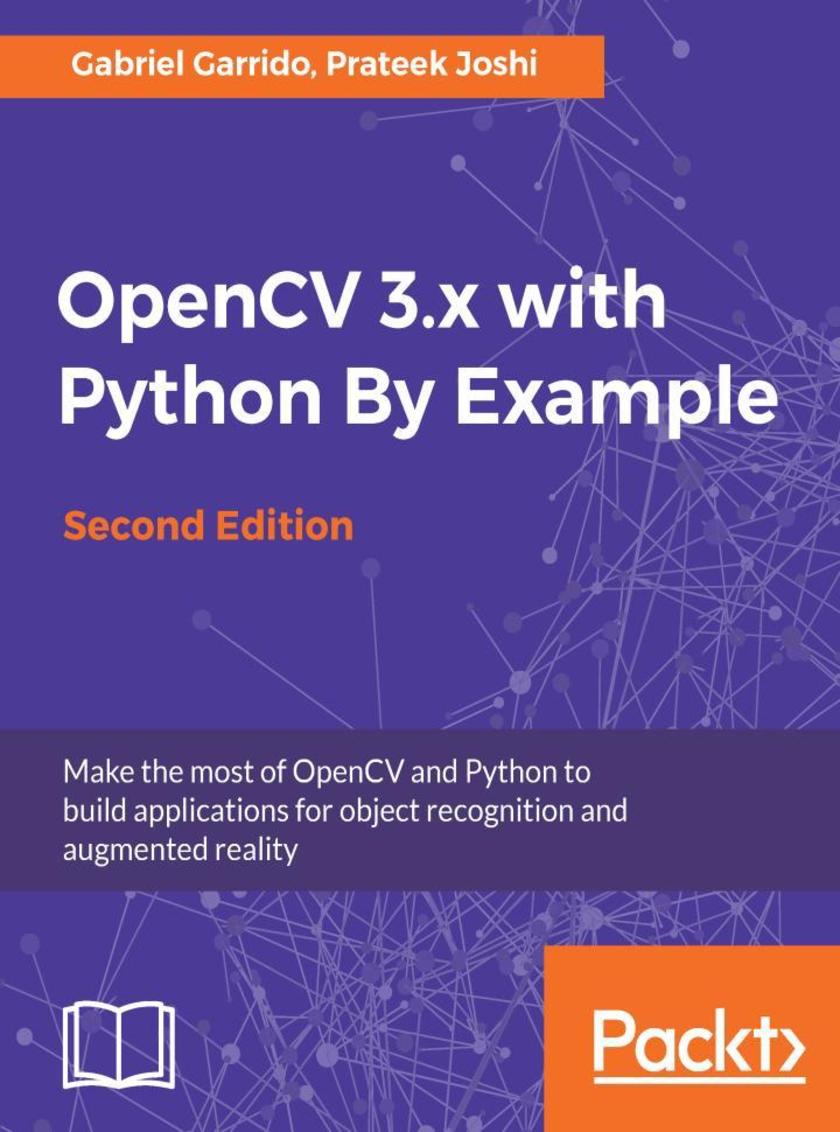
OpenCV 3.x with Python By Example - Second Edition
¥81.74
Learn the techniques for object recognition, 3D reconstruction, stereo imaging, and other computer vision applications using examples on different functions of OpenCV. About This Book ? Learn how to apply complex visual effects to images with OpenCV 3.x and Python ? Extract features from an image and use them to develop advanced applications ? Build algorithms to help you understand image content and perform visual searches ? Get to grips with advanced techniques in OpenCV such as machine learning, artificial neural network, 3D reconstruction, and augmented reality Who This Book Is For This book is intended for Python developers who are new to OpenCV and want to develop computer vision applications with OpenCV and Python. This book is also useful for generic software developers who want to deploy computer vision applications on the cloud. It would be helpful to have some familiarity with basic mathematical concepts such as vectors, matrices, and so on. What You Will Learn ? Detect shapes and edges from images and videos ? How to apply filters on images and videos ? Use different techniques to manipulate and improve images ? Extract and manipulate particular parts of images and videos ? Track objects or colors from videos ? Recognize specific object or faces from images and videos ? How to create Augmented Reality applications ? Apply artificial neural networks and machine learning to improve object recognition In Detail Computer vision is found everywhere in modern technology. OpenCV for Python enables us to run computer vision algorithms in real time. With the advent of powerful machines, we have more processing power to work with. Using this technology, we can seamlessly integrate our computer vision applications into the cloud. Focusing on OpenCV 3.x and Python 3.6, this book will walk you through all the building blocks needed to build amazing computer vision applications with ease. We start off by manipulating images using simple filtering and geometric transformations. We then discuss affine and projective transformations and see how we can use them to apply cool advanced manipulations to your photos like resizing them while keeping the content intact or smoothly removing undesired elements. We will then cover techniques of object tracking, body part recognition, and object recognition using advanced techniques of machine learning such as artificial neural network. 3D reconstruction and augmented reality techniques are also included. The book covers popular OpenCV libraries with the help of examples. This book is a practical tutorial that covers various examples at different levels, teaching you about the different functions of OpenCV and their actual implementation. By the end of this book, you will have acquired the skills to use OpenCV and Python to develop real-world computer vision applications. Style and approach The book is a practical tutorial that covers various examples at different levels, teaching you about the different functions of OpenCV and their actual implementation.




 购物车
购物车 个人中心
个人中心



